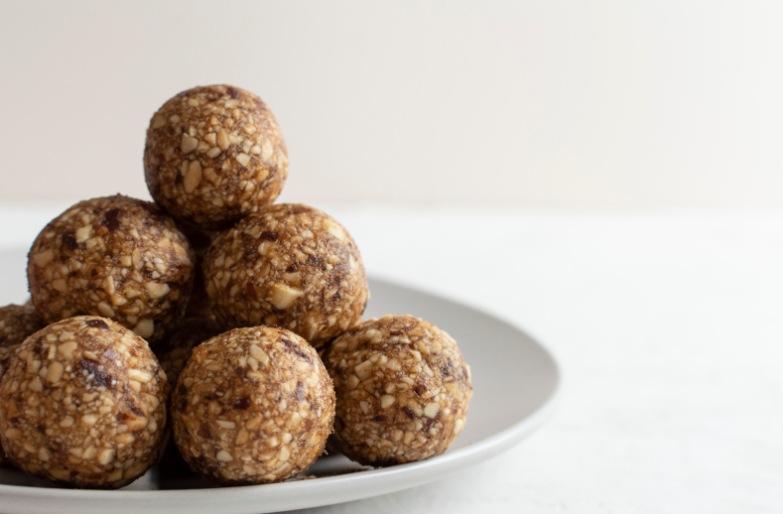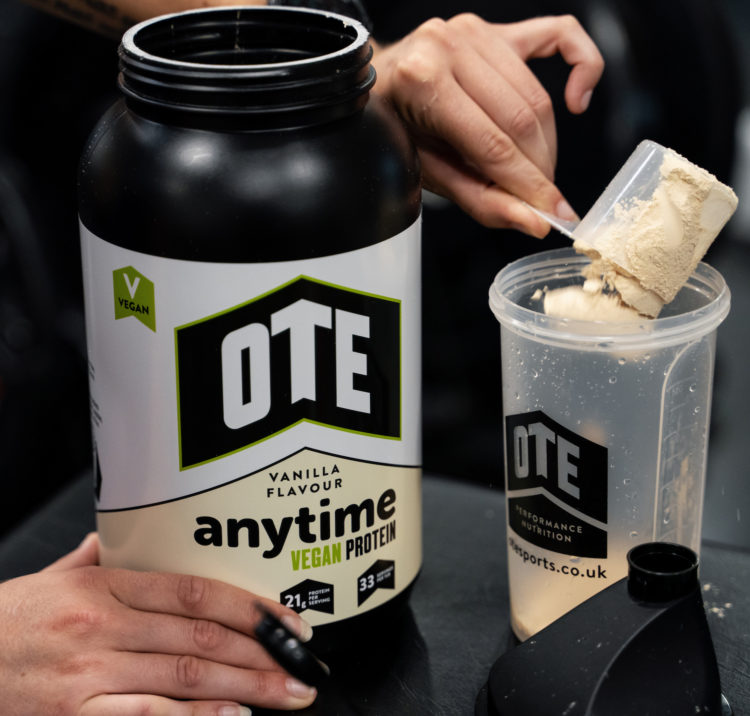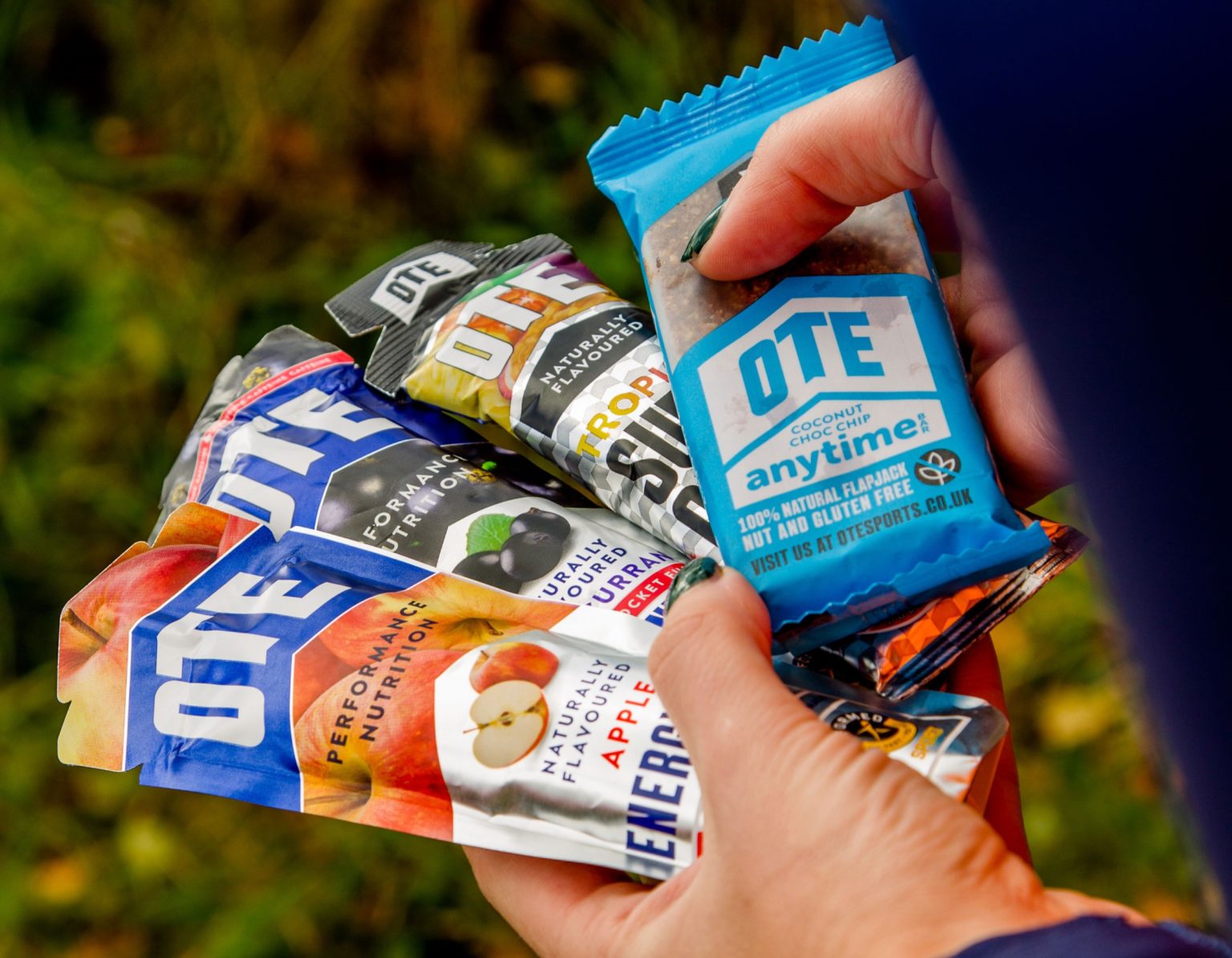Fuelling your ride: Essential nutrition tips for cyclists

Fuelling is an important part of any athlete’s life, not many know how to fuel correctly from the get-go. It doesn’t matter if you’re a leisure cyclist or someone who races. Everybody needs to fuel adequately, to allow their body the best chance to perform and facilitate recovery.
Nutrition is key to a successful exercise regime, if we don’t have it nailed, it can cause various problems which go beyond ‘being tired’ such as constant illness, RED-S (Relative energy deficiency in sport) and lack of ability to build muscle.
At some stage we’ll all stumble into the phase where we’re fuelling poorly due to lack of experience and we hit the dreaded ‘brick wall’… we stop progressing in training, get super fatigued and struggle to get out for long or intense rides.
Let’s delve into some tips and information for you in a way that’s user-friendly, it’s common for people to research their nutritional needs and come across information and articles which are too scientific and cause confusion.
Depending on what type of athlete you are and what sport you participate in, you might need to consider some of the following, in more depth than others:
-Caloric needs
-Meal and snack timings
-Vitamins and mineral levels – to aid recovery and performance
-Hydration
-Potentially macronutrients and ratios
-Carbohydrates (CHO) are the optimal fuel for athletes before, during and after exercise (though the way they’re consumed and what they’re surrounded by on your plate, will differ depending on when they’re consumed), because they fill up our glycogen stores, as well as blood glucose, which we use to fuel the body’s needs as we exercise as well as in everyday life.
Therefore, having a carbohydrate focused meal with some protein 1-2hours before exercise will help to maintain optimal levels of blood glucose for the muscles. Remember, protein is also important as pre/post exercise fuel, as it helps to transport the carbohydrates and promote recovery.
Glycogen comes from CHO and is highly important because it helps to maintain blood glucose CHO oxidation, fuel muscle energy and the nervous system.
Complex CHO’s are more important for athletes to consume day-to-day, to help maintain stores, simple carbohydrates can be used just before training for a boost and during exercise to help quick absorption.
It’s important to consume CHO during exercise because it prevents the depletion of the stores you have, if you become depleted in glycogen due to poor fuelling, performance gets harder, and you’ll eventually start to struggle to eat anything – this is what cyclists know as ‘bonked’. You must eat to aid recovery if nothing else, fuel for tomorrow, on today’s ride.

In previous research, studies have shown that humans can absorb 1g of glucose per minute – 60g an hour.
However, latest research suggests the body can take on up to 120g CHO per hour, but only if it’s a mixture of CHO’s. This is often achieved via 2:1 ratio of glucose and fructose.
The traditional research shows glucose is absorbed and used rapidly, and uses transporter protein SGLT1 to pass into the bloodstream, it’s thought to have a consumption rate of 60g/h. Whereas, fructose is slower absorbed and uses transporter GLUT5, which is believed to have a capacity of -30g/h. However, scientists now believe that fructose plays a bigger role and can contribute to the increased consumption of 120g/h. Which some athletes can achieve.
For the female audience – your fuelling needs will vary depending on which part of your menstrual cycle you’re in. The book ‘The Female Body Bible, 2023’ is a fantastic read and provides a wealth of information based around female needs, during exercise and their menstrual phases and around exercise. Believe it or not, that age old belief that men and women are exactly the same, is not true.
Top tip: High levels of CHO intake can be harsh on the stomach, so it’s always advised to train your body into them and build it up gradually.
Exercise type/duration
CHO amounts
Fuel source
< 45 minutes easy
Not always needed, but a bar wouldn’t harm
High intensity 45-75 minutes
60-90g/h
Mixed CHO ideal
Gels, CHO drink minx, Bars
1-2.4 hours of endurance pace
30-60g/h
Mixed CHO ideal
Gels, CHO drink mix, Bars, a meal
Endurance longer than 2.5 hours
Up to 90g/h
Mixed CHO
Gels, CHO drink mix, Bars, a meal
Ultra-endurance or high-intensity race events
Up to 120g/h
Mixed CHO
Gels, CHO drink mix, Bars, a meal
These are standard guidelines offered in nutrition books, always err with caution and use them as just that – guidelines, while finding what works best for you.
Post exercise, its recommended to have some sort of protein within 30-minutes of exercise, to start the recovery process as early as possible. This can be in the form of a protein shake if that’s an easier option, they’re used by many athletes.
 Image credit: OTE Sports
Image credit: OTE Sports
-Home-made rice cakes – recipe can be found in the GCN cookbook
-Belvita soft bakes – around 30g per bar, perfect for a steady Sunday ride
-Nature Valley cereal bars – around 27g, also perfect for a Sunday ride
-Any other form of cereal bars that are 25g plus
-Nutrition brands such as Styrkr offer a ‘bar50’ which has 50g of CHO per bar
-Rice Krispy bars
-Bananas
-Energy powder in your bottle
-Gels – if you’re going to use them during racing, adding one in per ride will help your stomach become accustomed
-Home-made oat, seed, and berry bars
-Electrolytes – always important to stay hydrated
 Image credit: OTE Sports
Image credit: OTE Sports
Although there are hundreds of nutrition brands out there, you may not know where to start looking so here s a small list to get you started:
-OTE
-Styrkr
-Veloforte
-Torq
-SIS
-High5
You’ll need to fumble your way down the nutrition path, as it’s not ‘one works for all.’ It’s always a good idea to test different nutrition brands, some will have less harsh effects on individuals and make it easier to fuel, but where you can, home-made snacks are usually better value for money and somewhat healthier as you know what’s going into them.







